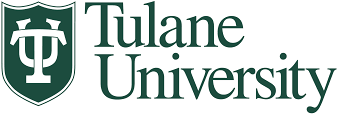Abstract
Shear stress has been implicated as a modulator of angiogenesis. However, a full understanding of how shear stresses influence endothelial cell phenotype and function during angiogenesis requires identification of local stress distribution along capillary sprouts. The objective of this study was to investigate the influence of vessel permeability on shear stress distribution along a capillary sprout. Using Fluent, the shear stress was computed for Newtonian flow (1.2 cP viscosity) through a 2-D blind-ended vessel (5 ?m diameter, 200 ?m length) originating at a 90° angle off a host vessel (10 ?m diameter). Vessel walls were modeled as a solid wall 1) without or 2) with holes of 0.5 ?m in diameter spaced 5 ?m apart or 3) as a 0.3 ?m thick porous layer. The average inflow velocity was equal to 1 mm/s. For the last two models the hydraulic conductivity was matched to 0.018 ?m/(s mmHg). Independently of the model used, the entrance to the sprout experiences a local maximum in wall shear stress. The stress is reduced from the upstream value of 7 dyne/cm2 by four orders of magnitude within 8 ?m of the entrance in the solid wall model and by 2.5 orders in permeable models. For the solid wall with pores, the stress locally peaks at pore sites. Simulations for 45° & 135° sprout angles indicate similar stress magnitudes but with asymmetric distribution along upstream & downstream walls of the sprout. The presented data give insights into the shear stress distribution in capillary sprouts that can be linked to endothelial cell phenotypic changes during angiogenesis.
